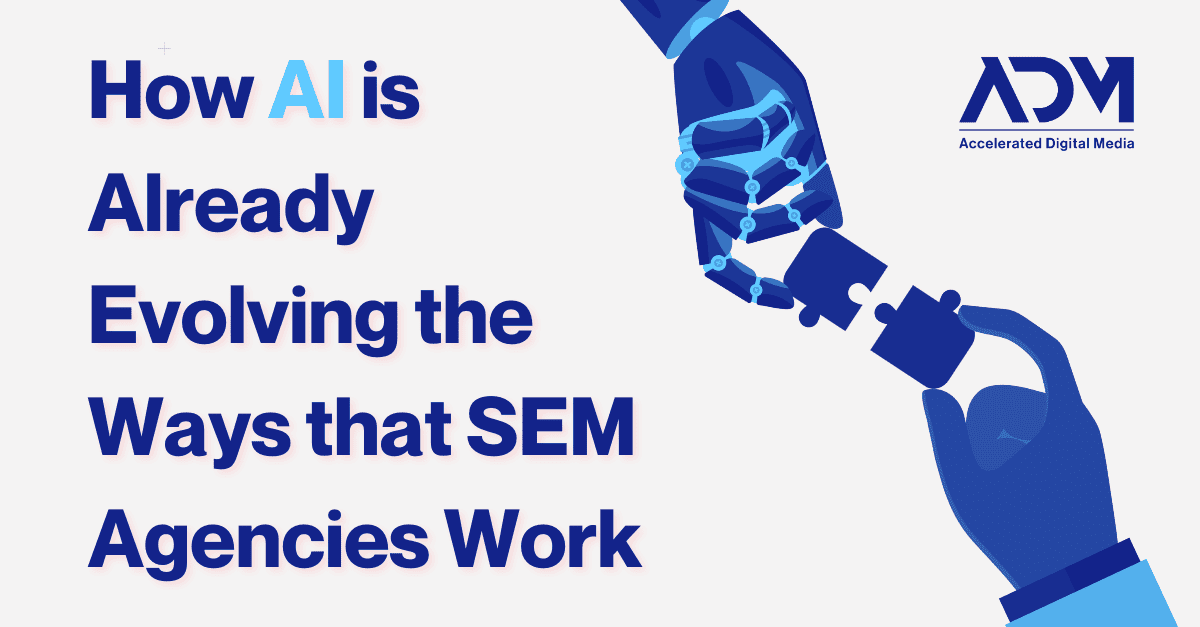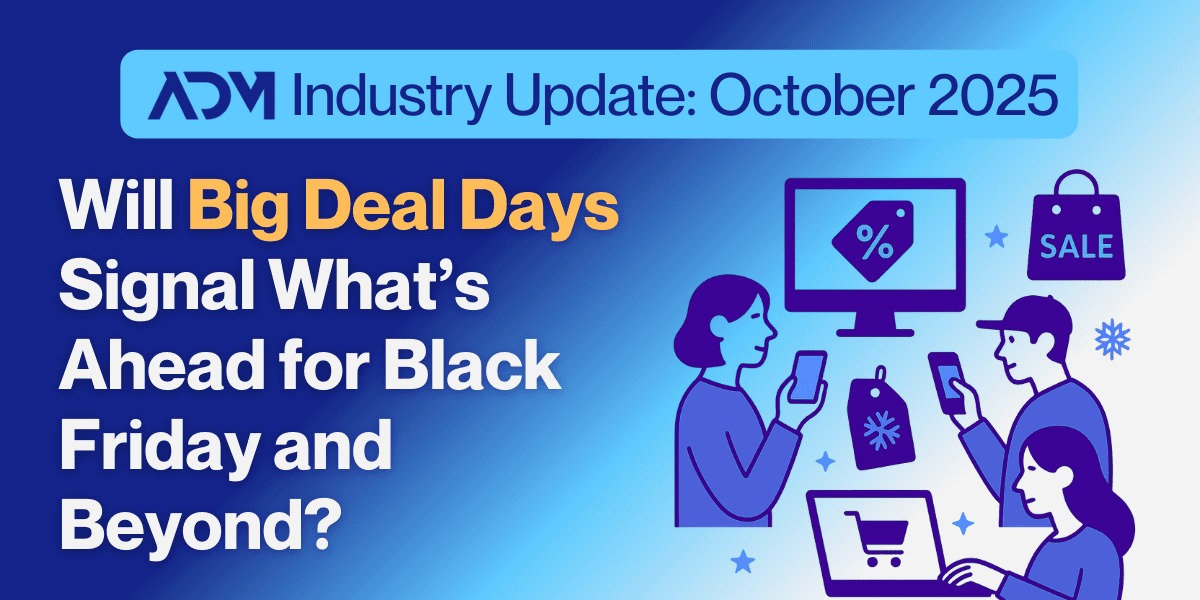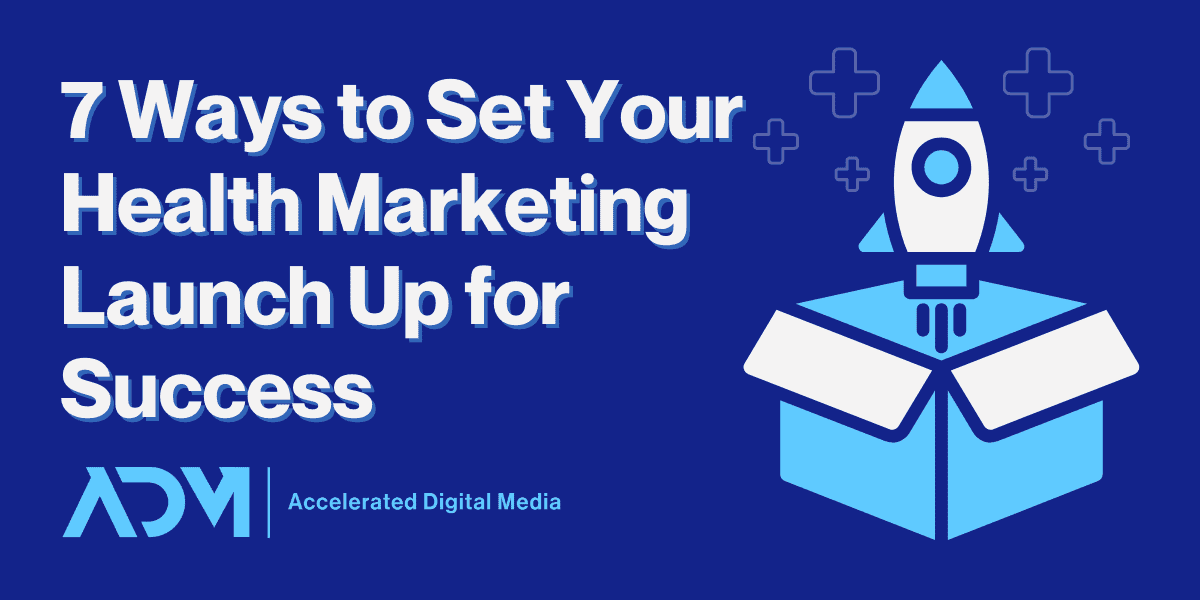Artificial intelligence (AI) is a buzzword that seems to always be in a hype cycle—it never truly leaves the conversation, but sometimes the chatter gets so loud that it reaches a fever pitch before quieting down a bit. Right now, it feels like the digital marketing industry is in one of those AI hype peaks.
In recent months, a number of clients have asked us how we, as a search engine marketing agency, are using AI in our work—and whether it’s changing what we do. It’s undeniable that AI is reshaping SEM, and there are more substantial changes (and blogs about them) on the horizon. But the reality is AI has been making inroads in the field for years now, and marketing tactics and outcomes have already shifted as a result.
In this blog, we’ll look at some of the places in Google Ads and elsewhere that powerful machine learning algorithms have changed how SEM agencies work, creating new advantages and efficiencies for advertisers worldwide. And it isn’t just SEM—for more on this topic, check out our equivalent piece about how AI is reshaping paid social media.
AI-Powered Bidding Now Saves Substantial Time
Years ago, all bid changes were made manually—typically at the keyword level. When you consider how many keywords are in a large Google Ads account, even making daily updates could be an all-consuming task. Now factor in other aspects, like bid adjustments for audiences or device types, there was no realistic way to effectively process all the relevant data and optimize campaigns to their fullest potential.
Automated bid strategies have been a welcome advancement for SEM agencies, because they not only make real-time optimizations based on all the factors advertisers used to have to consider, but they also evaluate user data that advertisers can’t access to make determinations about what a user’s intent might be.
While it’s still not a perfect system, and it can be hard for advertisers sometimes to relinquish control, Google didn’t become the biggest ad platform in the world by failing its users. Overall, smart bidding has created more nimble and accurate search campaigns.
Comprehensive, Algorithm-Based Campaign Types are Taking Over
Similarly to Smart Bidding, advertisers used to manually ideate, create, and optimize all parts of the sales funnel across different campaign types. Beyond the Search bidding adjustments, Display and Video campaigns required creative and audience evaluation, ad placement monitoring, and analyzing demographic data. This was before considering Maps and App ads. On top of that, marketers had to find the right mix of tactics to maximize results.
Google Ads’ AI-powered comprehensive campaign types have simplified much of this work without diminishing results. The most notable is Performance Max—which ADM has written about extensively and is extremely pleased with. A single Performance Max campaign can serve across Search, Display, Shopping, and other mediums throughout Google’s platforms—consolidating tasks and extraneous campaign types.
On the advertiser side, these campaign types reduce granular monitoring and optimizing, shifting the focus to developing strong creative assets (images, videos, headlines, descriptions, shopping feeds, etc.) and allowing Google’s AI to generate appealing and consistent ad experiences across different placements. This creates cohesive ad messaging across the sales funnel.
While Performance Max is the most obvious “comprehensive campaign type,” there are also Demand Gen campaigns. These are used to round out top-of-funnel marketing for brands needing more awareness or user exposure cost-effectively. Demand Gen works on AI-driven principles, supplementing visibility across Google’s Discover Network and placements like YouTube Shorts. It is a mobile-only experience, allowing advertisers more control over creative, and with fewer ad formats than Performance Max, users can maintain a tighter grip on what serves in each.
AI Has Changed the Role of Audiences
It wasn’t so long ago that audiences played a different role in driving Google Ads account efficiency. AI changed that. “Remarketing Lists for Search Ads” (RLSAs) were once cutting edge, meaning we’d set up separate campaigns targeting the same keywords but specifically for users who had previously interacted with the website.
With automated bid strategies, Google removed audiences from Search, as the AI now considers factors like user likelihood to convert, including audiences and past brand interactions. Video and Display campaigns still rely heavily on advertiser-indicated audiences, but even in those cases Google recommends using “Optimized Targeting” to expand reach beyond specific groups. Google used to enable “similar to” audiences, now replaced by Optimized Targeting. Interestingly, advertisers can create “lookalike” audiences for Demand Gen campaigns by uploading user email lists, allowing AI to find similar users.
In Performance Max campaigns, the most AI-heavy feature in Google Ads, advertisers cannot target specific audiences but can exclude them. Performance Max campaigns allow “Audience Signals,” which serve as a starting point for the AI rather than a strict guideline for ad serving.
Algorithms Can Now Make Smarter, More Dynamic Ads
Ads and assets (formerly Extensions) are another area where SEM agencies have adapted thanks to AI. Responsive Search Ads (RSAs) let Google mix and match headlines and descriptions to align with searcher intent. This shift is significant. In the “Expanded Text Ad” days, advertisers manually created numerous ad variations and highly-segmented ad groups to match specific keywords—an extremely time-consuming process.
RSAs eliminate much of that guesswork, allowing tighter consolidation of campaign and ad group structures, which provides better optimization data for automated bid strategies. It’s a symbiotic relationship.
Additionally, Google can now generate headlines, descriptions, callouts, and other assets by crawling landing pages and highlighting relevant text. Advertisers can choose which assets Google generates or let Google create entire ads in real time based on the user’s query and landing page (these are Dynamic Search Ads). This is a major time saver, freeing advertisers from scrutinizing keyword and search query reports to manually craft ad copy.
In addition to the in-platform tools, there’s also the rise of third-party language learning model (LLM) technology, which has produced powerful chatbots like ChatGPT. As our social media team discussed in their blog about this topic, it isn’t always advisable to trust chatbots to write all of your ad copy for you—they’re often best for generating ideas that are then edited and refined with a human touch. But no matter how these tools are applied, SEM agencies no longer have to work quite so hard to appear so creative.
Looking to an AI-Powered SEM Future
So many AI integrations have helped SEM experts become more efficient and offer more value to their clients—and the industry is just getting started. But that doesn’t mean that everyone is feeling completely gung-ho about this revolution, and there are reasons for a bit of trepidation. AI has a certain level of built-in bias, because it can only ever base its learnings on human tendencies that came before. It also lacks the nuance of a human mind.
For example, when our team introduces a new campaign or ad set manually, we understand situations and client needs well enough to know whether it’s alright to risk a short-term performance dip for the sake of gathering data that will help in the long run. We know when testing is appropriate and when we have some flexibility with performance. AI still only sees things in black and white, which can lead it to create self-fulfilling prophecies in terms of performance, because it serves ads/assets or serves to audiences or across placements that can skew performance.
It’s undeniable that the AI present in Google Ads has already proven itself extremely helpful. When used by savvy marketers, it helps them get more done and frees up more time to spend on analysis and future planning rather than task work. But for as long as we’ve been hearing the term thrown around, it’s important to remember that AI in marketing is still pretty nascent. Its deductions might someday be good enough to handle complexity nearly as well as a human, but it’s not nearly there yet. To get the most out of these tools and their potential, it remains wise to partner with an expert SEM agency that has experience adapting to changes in technology and balancing automated efficiency with human touch. So if you’re in the market for one of those, don’t hesitate to contact the team at ADM today.




